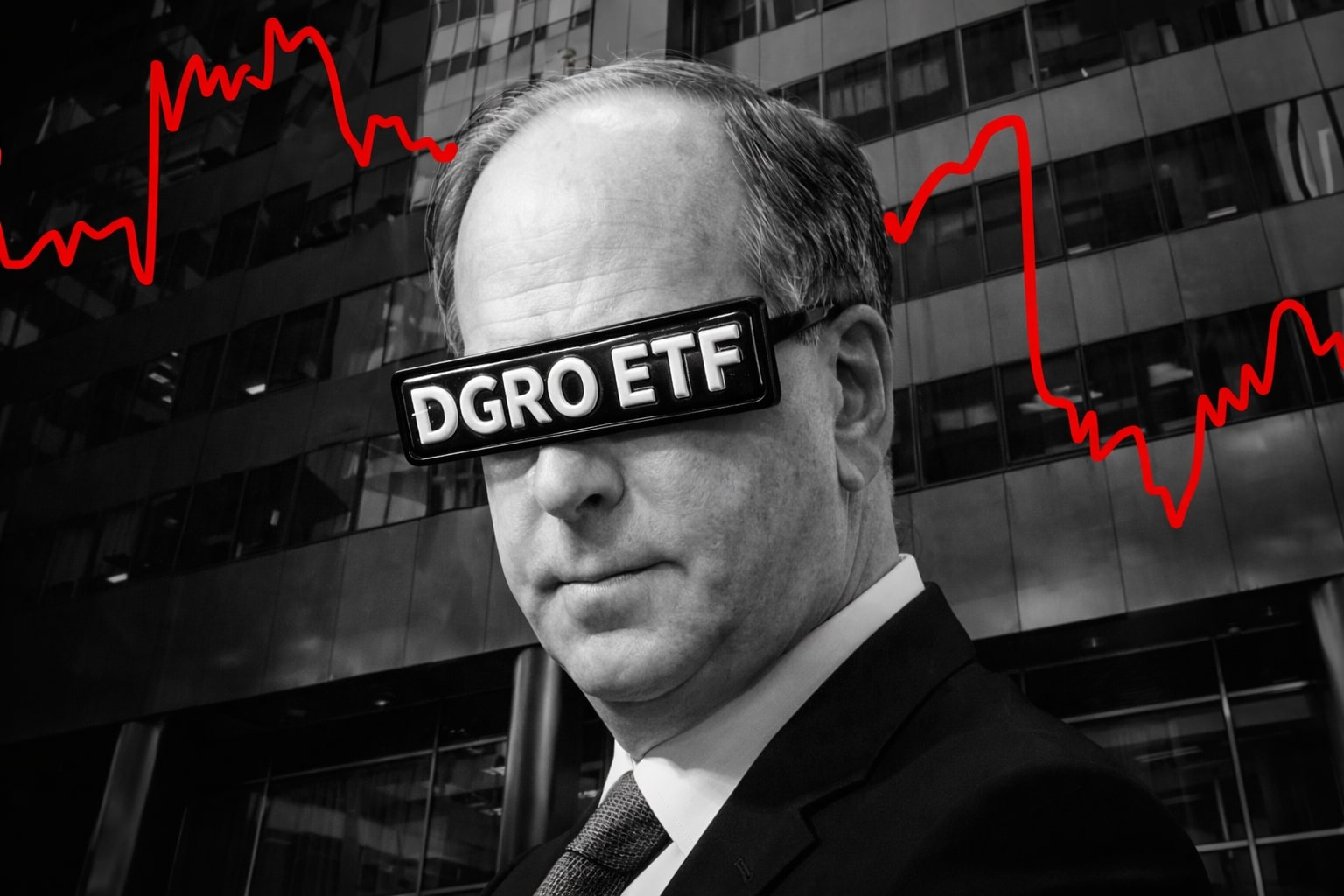
Ethereum's Rocky Road: Will ETH Break $2,000 Again?
Ethereum is facing a tough battle with its price dropping below key support levels. Can Ethereum find its way back or are further losses imminent? | That's TradingNEWS
Ethereum Price Faces Increased Pressure: Will It Drop Below $1,000 or Recover?
As Ethereum's price has fallen to alarming lows, trading below the $1,500 mark, crypto investors are questioning the future trajectory of ETH-USD. Ethereum's significant loss in the past few weeks has shaken confidence in the broader crypto market, with many market watchers wondering if the coin can rebound from this decline or if further drops to the $1,000 threshold are imminent.
Ethereum's Struggles and Falling Demand
In the midst of market uncertainty, ETH-USD has struggled to maintain a strong position, with the price now trading at around $1,594 after hitting a two-year low of $1,410. The crash has caused a ripple effect, with a significant amount of liquidations taking place, contributing to the continued price drop. This marked a 27% drop in just 48 hours, setting off a wave of concerns about Ethereum's short-term prospects.
What’s driving this latest plunge for ETH-USD? A combination of factors has contributed to Ethereum’s dramatic decline. One critical factor is the substantial outflows from Ethereum ETFs, pointing to weakened demand. Spot Ethereum ETFs have experienced six consecutive weeks of net outflows, a stark contrast to Bitcoin, which saw a massive inflow of $35 billion during the same period. Ethereum’s once-dominant place in decentralized finance (DeFi) and other blockchain-related services is now being challenged by other chains such as Tether, Solana, and Tron, which have surpassed Ethereum in fees this year.
Macroeconomic Factors and Ethereum's Vulnerability
As macroeconomic conditions worsen, Ethereum has faced heightened volatility. The market has been directly affected by concerns surrounding global economic instability, driven in part by U.S. tariffs and political uncertainty. Ethereum’s price has continued to suffer, dipping below crucial support levels like $1,500. The increasing adoption of layer-2 solutions, which have moved many projects off the Ethereum main network, has also caused a decline in demand for Ethereum's base layer, adding to the cryptocurrency’s struggles.
On the technical side, Ethereum’s formation of a triple-top pattern on its weekly chart indicates that the market is still primed for further declines. After reaching peaks around $4,062 and breaking below the neckline at $2,132, ETH-USD has breached both the 50-week and 100-week moving averages, signaling further downside. This pattern often precedes a deeper sell-off, with $1,000 emerging as a possible next target.
Ethereum Whale Activity and Market Sentiment
Despite the price drop, Ethereum whales have become more active, with significant ETH deposits appearing on exchanges. One whale, re-entering the market after a seven-year dormancy, deposited 2,000 ETH to Kraken, worth approximately $3.11 million. This move has sparked speculation about the whale’s next moves, as such large deposits can often signal a liquidation event. This behavior, paired with the realization of over $500 million in losses from short-term holders, has contributed to the pessimism surrounding Ethereum’s price.
Yet, on-chain data shows that the Net Unrealized Profit/Loss (NUPL) for Ethereum has entered the "capitulation" zone, where most investors are holding their ETH at a loss. Historically, this stage has often coincided with major market bottoms, suggesting that Ethereum may be nearing a potential recovery, though risks remain.
Ethereum’s TVL Decline and Impact on Market Confidence
Further highlighting Ethereum’s challenges, the total value locked (TVL) in Ethereum-based protocols has fallen sharply from its peak of $86.6 billion in December to just $49.34 billion today—a 43% decrease. This decline indicates reduced engagement and capital outflows, which is a bearish signal for ETH-USD. When capital isn’t flowing as freely through Ethereum-based decentralized finance (DeFi) projects, the network suffers, which in turn depresses the price of the cryptocurrency itself.
The Outlook for Ethereum: Can It Bounce Back?
Ethereum has seen a significant drop from its all-time highs, and the outlook remains mixed. On the one hand, Ethereum’s price is showing signs of oversold conditions, with the RSI (Relative Strength Index) dipping below 30—often a precursor to a price reversal. If Ethereum can find support around the $1,250 to $1,500 range, it might be able to consolidate and build a base for a future rebound. However, if ETH-USD continues to lose momentum and breaks below $1,200, it could trigger another round of liquidations, sending Ethereum back to even lower levels.
A bullish recovery would require Ethereum to overcome resistance levels near $1,800 and $2,000, which will likely prove challenging given the broader bearish sentiment and Ethereum's current technical weakness. Ethereum’s market dominance has also diminished, which suggests that recovery could take longer than expected.
Ethereum Price Prediction: Is a Drop Below $1,000 Likely?
Ethereum's technical indicators and ongoing liquidity issues suggest that further declines could be imminent. The ETH-USD pair remains highly volatile, with potential for significant price swings depending on how macroeconomic conditions and the broader crypto market evolve. If Ethereum fails to reclaim key support levels and continue struggling with high fees and diminishing user engagement, it could very well drop below $1,000 in the near term. However, if it can stabilize and build on its development efforts—especially around layer-2 solutions and scaling—Ethereum could see a recovery, though this may take time.
With ETH-USD now hovering near critical support levels and the overall market sentiment leaning toward bearish, the next few weeks will be pivotal for Ethereum. Investors are closely watching how the market responds to the broader economic environment, Ethereum’s technical chart, and whether key whales continue to support the network. If Ethereum can hold its ground and resist further declines, a consolidation phase may follow before the next major rally.
Ethereum's journey is far from over, and while the short-term outlook appears grim, there are signs that long-term opportunities may still exist for investors willing to weather the volatility and look beyond the immediate price fluctuations. For now, Ethereum remains in a precarious position—one that will require close attention from traders and investors alike.
That's TradingNEWS
Read More
-
DGRO ETF Price: Is DGRO at $69.17 Still the Better Dividend-Growth Bet?
17.12.2025 · TradingNEWS ArchiveStocks
-
XRP Price Stuck Below $2 As XRPI at $10.74 and XRPR at $15.26 Ride $1B+ ETF Inflows
17.12.2025 · TradingNEWS ArchiveCrypto
-
Natural Gas Price Forecast - NG=F Steady Near $4 as TTF Jumps on Colder Forecasts and LNG Outage Risk
17.12.2025 · TradingNEWS ArchiveCommodities
-
USD/JPY Price Forecast: USDJPY=X 155.50 Pivot Before BoJ Hike and US CPI
17.12.2025 · TradingNEWS ArchiveForex

















